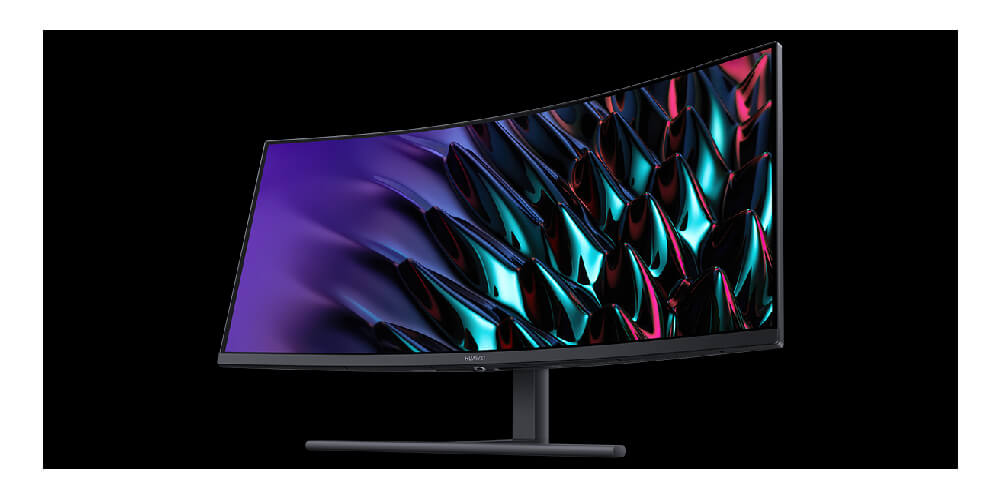Pressure Cooking

Pressure Cooking:
In this fast-paced world we are constantly trying to find ways to save time in the kitchen and still prevent growing waistlines. The pressure cooker is the answer to our cry for 'help' by making it possible to create nutritious flavor-packed meals in minutes. Pressure cooking can save you time and money while producing foods that are ultra tender, low in fat, and full of flavor. Although pressure cooker have been around for a long time, they are the perfect tool for any modern kitchen. Learning to use a pressure cooker can help you to "have it all" when it comes to cooking quick, delicious, healthy meals.
Equipment:
There are many types of pressure cookers on the market today. Choosing the right one for you and your family will be determined by your budget, the amount of food you would like to make at a time, and your storage space.
There are two main types of pressure cookers;stovetop cookers and electric cookers. You can plug in the electric cookers, set the pressure and the time and leave the rest to the machine. It will automatically regulate the pressure for the set amount of time and then decrease the pressure on its own. Stovetop pressure cookers take a bit more attention, but also cost much less money. With these cookers you have to manually control the amount of pressure built up and keep a close watch on the time. Stovetop or electric, the most important thing is to read through the user manual of your specific pressure cooker since they each may work a little differently.
To properly store a pressure cooker the lid should be inverted on the pressure cooker body with the sealing ring out of the groove. The sealing ring should be removed and rinsed after each use. Allow the sealing ring to air dry before placing back in the lid. Storing the cooker with the lid locked on (incorrectly) may cause unpleasant odors and may deform the sealing ring. Check your specific owner's manual for any other storing instructions unique to your cooker.
Tips for safe and successful pressure cooking:
When you think of pressure cooking, you may envision exploding pots of stew that ended up on the ceiling of your grandma's kitchen. You will be happy to know that today this accident is non-existent due to safety features included on each pressure cooker. With these added safety features and a few general safety tips you will be on your way to delicious foolproof cooking.
Never overfill the pressure cooker. The pressure cooker releases excess pressure automatically to keep the pressure constant inside. If the cooker is too full these parts cannot function properly.
Never fill the pressure cooker more than 2/3 full (for most foods). When cooking foods that expand significantly like rice, beans (dried vegetables), grains, and soups do not fill the cooker more than 1/2 full and follow the recommended instructions for cooking these items in your specific owner's manual.
Some food foams, froth, and sputter so much that they should be cooked with caution or not at all in the pressure cooker. These foods include things such as applesauce, cranberries, rhubarb, split peas, pearl barley, oatmeal or other cereal, noodles, macaroni, or spaghetti. If you want to cook these types of foods, use a recipe designed for a pressure cooker and follow specific instructions to safely cook these foods.
Replace the sealing ring and overpressure plug. Replace the overpressure plug if it becomes hard or when replacing the sealing ring. Replace the sealing ring if it becomes hard or soft and sticky. If water is dripping down the sides of the cooker and it is not coming up to pressure, this is a good indication you may need to replace the sealing ring.
Always look through the vent pipe before closing the cooker to make sure it is clear. Make sure no food or particles are stuck inside it. If the vent pipe is blocked, it cannot function as it should and thus cannot relieve excess pressure. This may cause pressure to build to unsafe levels.
Keep an eye on the pressure regulator. When the pressure has built up, it will start rocking. Then turn down the heat. If you keep the heat on high the pressure will continue to build. The goal is to maintain high pressure with as little heat as needed.
Read the instructions that came with the model of pressure cooker you are using and be sure you know the proper way to operate your specific model. If you bought the cooker used or no longer have the instruction manual, check online. You most likely will be able to find it there.
Make sure pressure is released before opening the lid. (As a safety feature most modern pressure cookers will be automatically locked until pressure is low enough to safely remove the lid). You can reduce pressure by letting the pressure cooker sit (natural release), with the manual release system or by running cool water over the pressure cooker (quick release.) Pressure cooker recipes usually state which way to release pressure for that particular recipe. Be sure to follow the instructions specified by the recipe to get perfectly cooked food.
Always use cooking liquid. If an empty pressure cooker is left on a hot burner or if a cooker boils dry and is left on a heated burner, the cooker will overheat excessively causing possible discoloration and warping of the cooker. Any liquid will work in the pressure cooker including bouillon, fruit juices, and water. You will need much less liquid than in a regular recipe, but you must have some type of liquid so the cooker can build up steam.
Benefits of Pressure Cooking:
The ability of a pressure cooker to cook food quickly lends itself to many benefits including:
High temperature steam intensifies the flavors so less seasoning (salt, pepper, etc...) needs to be used.
High pressure allow for cooking temperatures to be raised significantly higher than possible under normal conditions resulting in 3-10 times faster cooking times than other conventional methods.
Pressure cooking retains more valuable nutrients than other cooking methods. The reason is that foods cook quickly in an almost airless environment with very little liquid so vitamins, minerals, and other nutrients are not boiled away.
Pressure cooking is virtually fat-free. The steam cooks the food so no added fats need to be used. Using the cooking rack to keep foods out of the cooking liquid allows fats in foods to be drained away during cooking.
It is an energy efficient method of cooking. You can cook an entire meal in one pot resulting in less pots and pans to heat up or clean! You can also save energy from significantly shorter cooking times resulting in less power used to heat the stove and cool down the house after meal preparation in the summer time.
Best Foods to Pressure Cook:
Since the pressure cooker cooks foods at such a high temperature, things that are naturally tougher or take a long time to cook with other methods tend to do well cooked under pressure. Examples of perfect pressure cooker foods include, but are not limited to chicken thighs, pork chops, rump roast, brown rice, bulgur, dried beans, or vegetables such as beets, carrots, potatoes, or winter squash.












